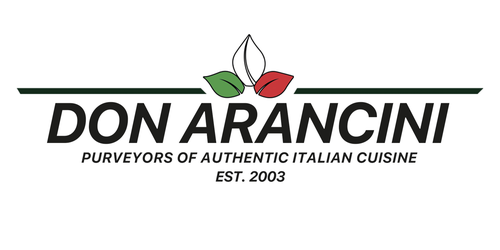Understanding HTML Sitemap Pages
Pages
HTML sitemap pages are fundamental for website SEO, making it easier for search engines and users to navigate your site. So, in this guide, we will explain what HTML sitemap pages are, how to create them, and why they matter. Whether you're a beginner or an expert, understanding the role of an HTML sitemap can help you enhance your website's search engine optimization.
An HTML sitemap page is a user-friendly map that lists all the pages on your website. It provides an overview, making it easier for users and search engines to find content. This is crucial for large websites, as it improves accessibility and ensures no page is overlooked by search engine crawlers. We can create an HTML sitemap using simple coding or with the help of various sitemap generator tools available online.
There are numerous benefits to having HTML sitemap pages. Firstly, it boosts your SEO by enhancing the internal linking structure. And secondly, it provides a better user experience by helping visitors find the information they need quickly. Search engine bots use these sitemaps to discover pages, understand site structure, and index content more efficiently. But it's not just about SEO, because HTML sitemaps also support site navigation, making it easier for visitors to explore all areas of your website.
Creating an HTML sitemap page involves listing your URLs in an organized manner, often categorized by sections or importance. Various content management systems (CMS) offer plugins and tools to simplify this process. For manual creation, you'll need to write HTML code that outlines each page's link, ensuring the sitemap is formatted correctly and accessible from your site’s main navigation. Regular updates to the sitemap are also vital to reflect any changes or new pages added to the website.
Optimizing your HTML sitemap pages means ensuring they are easy to read, both for humans and search engines. Use clear, descriptive text for links and maintain a logical structure. Additionally, keep in mind that the layout should be simple and not overly cluttered, so users can quickly scan and find their desired content. Lastly, the sitemap should be linked from the homepage and ideally from a footer link, ensuring it’s readily accessible.
In conclusion, HTML sitemap pages are indispensable tools for effective SEO and user navigation. By understanding their importance and learning how to create and optimize them, you can significantly enhance your website’s performance in search engine rankings and improve the overall user experience. Remember, regular updates and an organized structure are key to keeping your sitemap effective and reliable.
